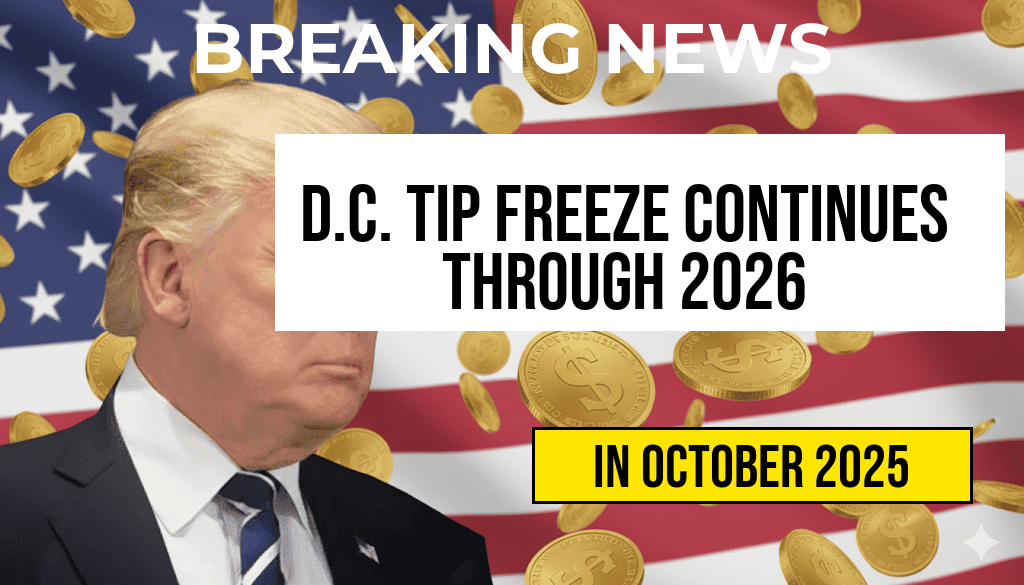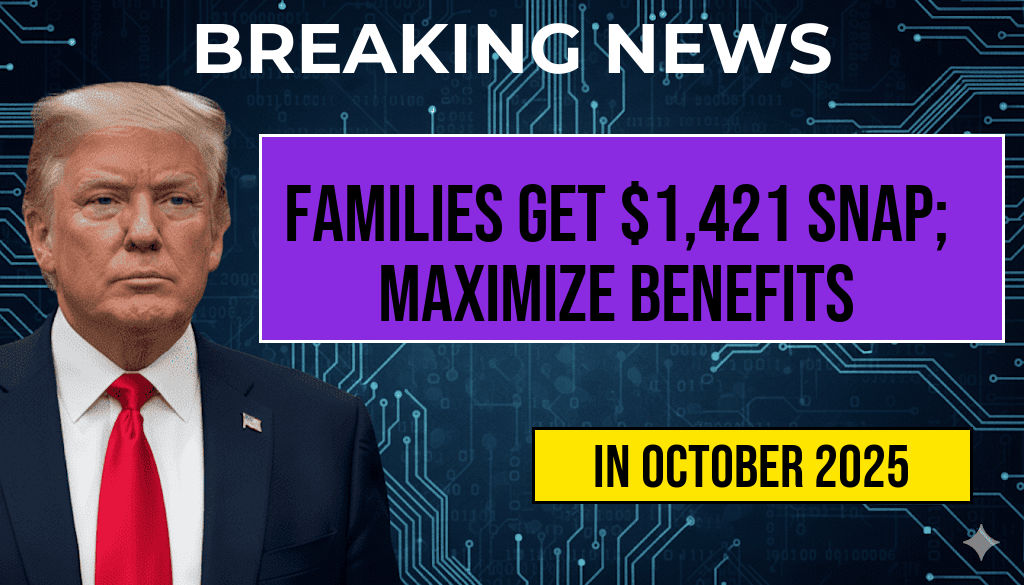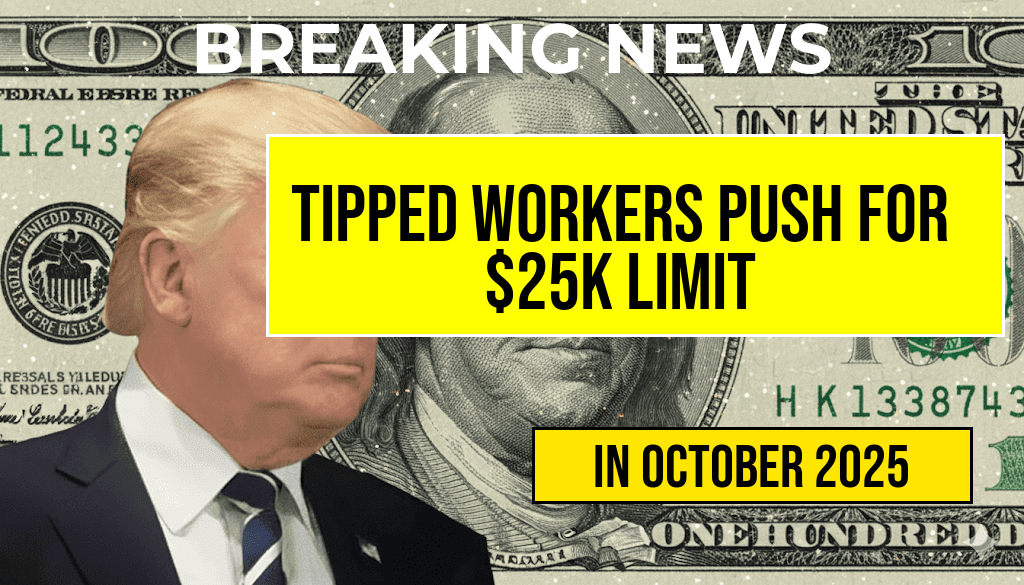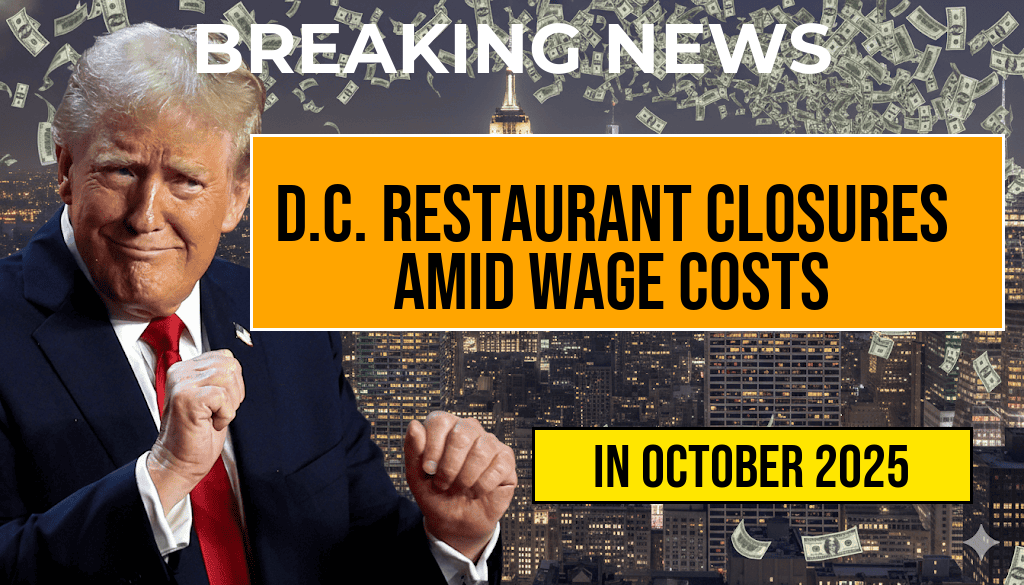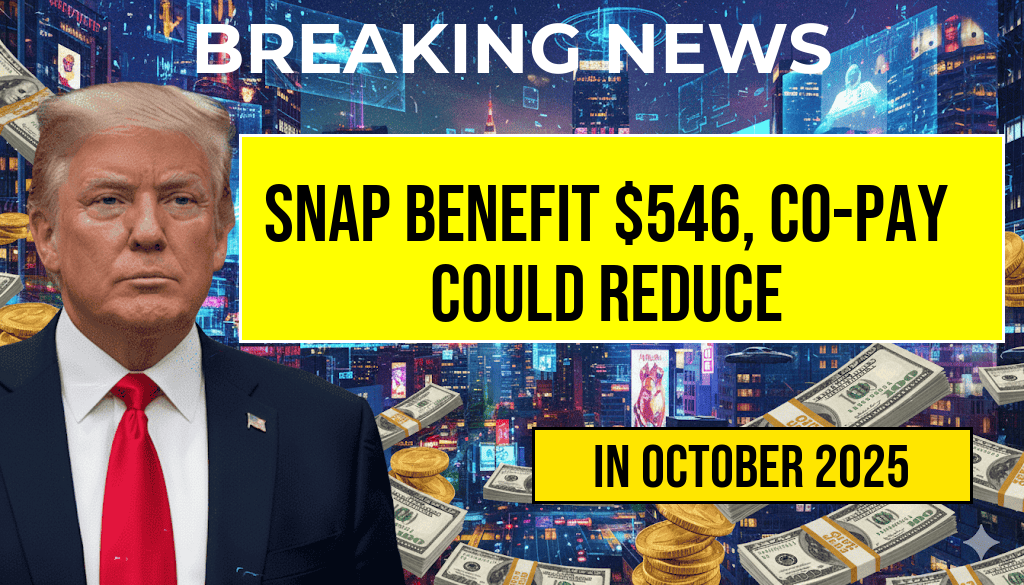D.C. Tip Workers to Maintain $10 Hourly Rate Through July 2026 Without a Base Wage Increase
Municipal officials in Washington, D.C., have announced a three-year extension of the current tip wage freeze, ensuring that thousands of service industry workers will continue earning just $10 per hour through July 2026. The decision, made by the D.C. Council, maintains the status quo despite broader discussions across the country about raising minimum wages and improving working conditions for tipped employees. Notably, the policy stipulates that there will be no base wage increase this year, leaving workers reliant on tips to supplement their income. The extension aims to support local businesses amid economic uncertainties but has sparked debates over its impact on workers’ financial stability and the fairness of tip-based compensation models.
Background and Context
The city’s tip wage policy has historically been a contentious issue, balancing economic growth, hospitality industry competitiveness, and workers’ rights. Under D.C. law, employers can pay a lower cash wage to tipped employees, provided their tips bring earnings up to the standard minimum wage. However, the ongoing freeze means that the tip wage remains stagnant—a situation that critics argue hampers workers’ ability to earn a livable income, especially as living costs continue to rise in the District.
According to the latest figures from the U.S. Bureau of Labor Statistics, the average hourly wage for hospitality workers in Washington, D.C., is around $15, inclusive of tips and base pay. However, those earning solely through tips often fall below the federal minimum wage of $7.25, which has prompted ongoing calls for reform.
Details of the Extension
| Parameter | Details |
|---|---|
| Tip Wage Freeze Duration | July 2023 – July 2026 |
| Current Tip Wage | $10 per hour |
| Base Wage Increase | No increase scheduled for 2023 |
| Adjustment Mechanism | Review scheduled for July 2026; potential for future changes |
The decision aligns with the city’s broader economic recovery strategies, which prioritize supporting small businesses and employment stability over immediate wage hikes. Officials argue that maintaining the current wage level helps preserve jobs in a competitive hospitality market, especially as the city continues to rebound from pandemic-related downturns.
Reactions from Stakeholders
Supporters’ Perspective
Business groups and industry advocates emphasize that the tip wage freeze provides certainty for restaurants, bars, and hotels. Jason Miller, president of the D.C. Hospitality Alliance, stated, “Stability in wages allows our members to plan budgets and retain staff without the fear of sudden increases that could jeopardize their operations.” They also highlight that the city’s vibrant tourism sector benefits from competitive wages that attract workers and visitors alike.
Critics’ Concerns
Labor advocates and workers’ rights organizations warn that the policy perpetuates income inequality and leaves tipped workers vulnerable to financial hardship. Maria Lopez, a tipped bartender, expressed frustration: “Waiting three more years for a wage increase feels like a setback when living expenses continue to climb. Tips can be unpredictable, and $10 an hour is barely enough to cover rent or healthcare.” Critics also argue that the current system disincentivizes fair wages and may contribute to poverty among service workers.
Comparison with Broader State and Federal Policies
Across the United States, tipped wage policies vary significantly. According to the Economic Policy Institute, only a handful of states maintain a tip wage at or below $5 per hour, with others gradually raising their minimums. The federal minimum wage remains $7.25, but many states and cities have enacted higher minimums, with some eliminating the tipped wage system altogether.
| Location | Tip Wage / Minimum Wage |
|---|---|
| Washington, D.C. | $10/hour (tip wage freeze) |
| California | Full minimum wage applicable to tipped workers |
| New York | Full minimum wage for tipped workers; no separate tip wage |
| Florida | $6.98/hour tip wage (as of 2023) |
Looking Ahead: Potential Changes and Impacts
The upcoming review scheduled for July 2026 could bring changes to the tip wage policy, possibly aligning it with inflation or economic conditions. Advocates hope for a gradual increase that would better reflect living costs, while opponents warn that sudden hikes could threaten job stability.
For workers, the current policy underscores ongoing concerns about wage fairness in the service industry. As the city continues to grow and attract visitors, the debate over how best to compensate tipped employees remains central to discussions about economic equity and labor rights in Washington, D.C.
More information about D.C.’s minimum wage policies and labor laws can be found on the D.C. Department of Employment Services website.
Frequently Asked Questions
Question
What is the D.C. Tip Freeze and how long will it last?
Answer
The D.C. Tip Freeze is a policy that keeps the minimum wage for tipped workers at $10 an hour without any increase. It will remain in effect through July 2026.
Question
How does the Tip Freeze affect workers’ wages this year?
Answer
This year, there will be no base wage increase for tipped workers due to the Tip Freeze. They will continue earning the $10 an hour rate established by the freeze.
Question
Are there any plans to raise the minimum wage for tipped workers after July 2026?
Answer
The article does not specify future wage increases beyond July 2026. The current policy maintains wages at $10 an hour until that date.
Question
Who is affected by the Tip Freeze in D.C.?
Answer
Thousands of tipped workers in D.C. are affected by the Tip Freeze, as it maintains their $10 an hour wage rate without any increase for the duration of the policy.
Question
Why was the Tip Freeze implemented and what are its implications?
Answer
The Tip Freeze was implemented to maintain stable wages for tipped workers at $10 an hour through July 2026. It prevents wage increases this year, which could impact workers’ earnings and the local economy.




